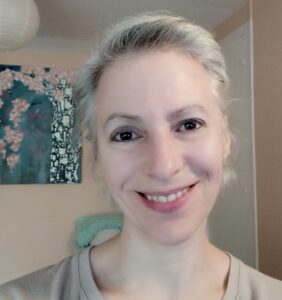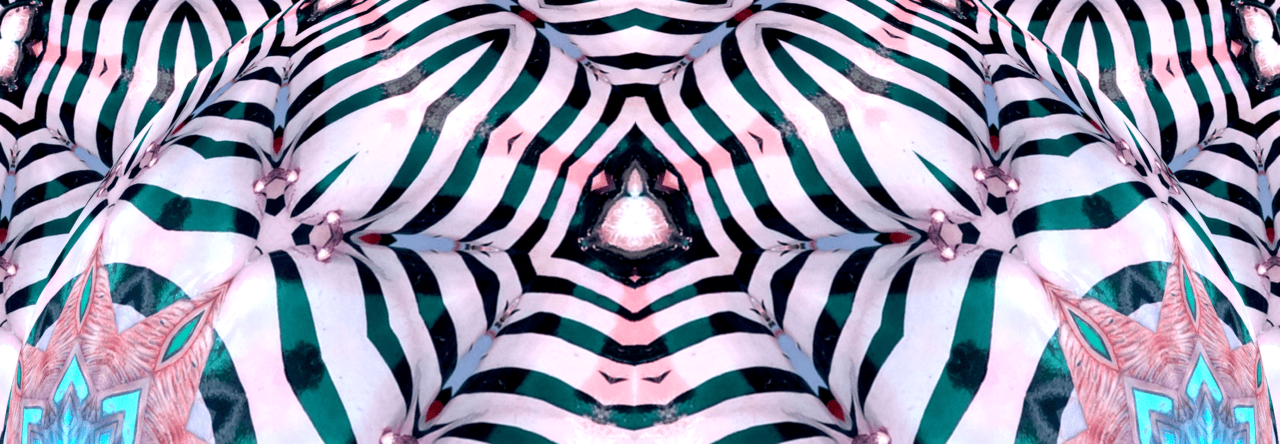A straight-forward series of posts on the delicate topic of Death and Dying
Over the next couple of posts, I’ll be going over what I understand to be the three types of death—outer, inner and secret— as reported in the Tibetan Bardo teachings, and more specifically today, the outer death.
Outer death is the death of the physical form and the way Westerners typically think about death. Our loved one stops breathing. The heart stops. That’s it. Dead, however much we wish they weren’t. However, according to Tibetan traditions, this signifies only one level of the total dying process. Furthermore, there a aspects to this outer death which are only acknowledged in the Tibetan system.
The outer death is a reversal of the creation process I wrote about HERE. So, starting with the element of earth, there is a dissolution of the physical form moving through each of the elements exemplified in the following ways:
Earth
- senses and their cognition get weaker and as earth element decreases
- the body shrinks
- feelings of heaviness
- loss of touch
- spleen energy dissipates
Water
- body dissolves back to semen and blood (back to water)
- kidney/bladder energy dissipates
- lips dry
- thirst
- elimination slows
- hearing loss
Fire
- liver/bile energy dissipates
- person gets cold
- loss of taste
- mumbling
- other organs as containers fail
Air
- lung energy dissipates
- sense of smell goes
- breath weakens
- intestinal control goes
Space
- heart energy dissolves
- the power of manifestation/creation leaves
Unless we are in the caring professions and work directly with the dying, we don’t often notice or think about these aspects of dying. Certainly looking at this transitional process through the lens of the elements offers us a deeper understanding (and hopfully allowing of and trusting in) the experience.
It is then that we move onto the more mysterious and subtle inner death, and I’ll describe that process in my next post.
I would like to again mention in thanks that I was the beneficiary of this knowledge as shared by Choekhortshang Rinpoche. If you are fascinated and would like to delve deeper into the Bardo teachings, there will be future opportunities to do so. The description above, indeed this series of posts, is not by any means complete and simply meant to provide a tantalizing introduction to this important wisdom.
May those who would most benefit from reading this, find it. And may the act of writing it be of merit to all beings.
 About the Author:
About the Author:
Beth Ciesco is your Selfcare Specialist, a certified yoga teacher and meditation facilitator. Check out the rest of the website to learn more about Restorative Healing Yoga, Mirror Meditation, E-Motion Alchemy, and Voicework as capital S Selfcare tools. You can also follow her on these sites:
❤ Instagram: https://www.instagram.com/divinemetime/
❤ Insight Timer: https://insighttimer.com/tranquilliving
❤ Youtube: https://www.youtube.com/@DivineMeTime

